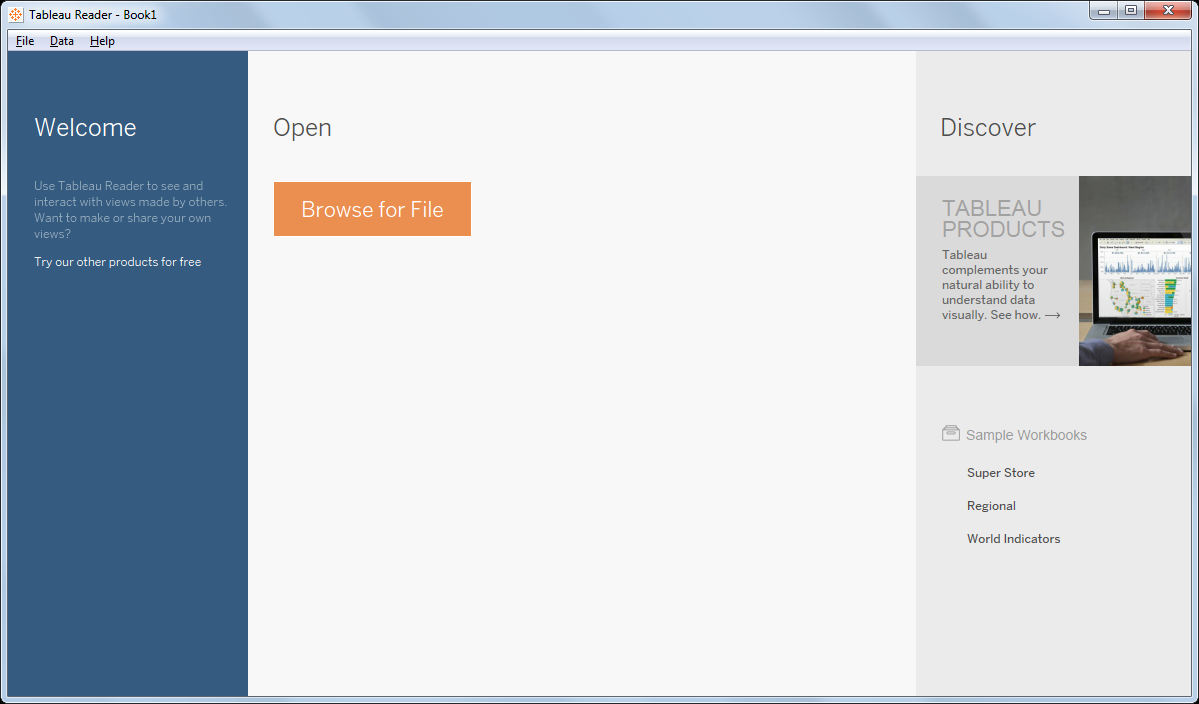

We offer courses that cover how to publish Tableau dashboards on websites and more. Now that you know how to publish a Tableau dashboard online through the server, be sure to check out our Tableau training courses. When you achieve this, you’ve transformed a culture and can now truly compete on analytics. Also, as your people on the front line need data to make decisions, they have it instantly accessible via Server and can quickly get what they need and then take action, rather than putting in a request to you or to someone else, and waiting for a response to come back, which by then will have data that has changed from their initial need. I would encourage you to shoot for this type of usage in your meetings.

This speeds decision making, and changes the discussion dramatically, and increasing participation. As they then have further questions, you can drill down or drill in and see those details on-demand, maintaining things on one view for easier comparison. Instead, if you can bring a published workbook to Server and interact with your data live in a meeting, that is much more impactful. It’s an uphill battle to change this mindset, but completely worth it. Too often, we take a snapshot of our data and paste it into PowerPoint, or people just want a data dump to Excel. If you aren’t using URL actions, you can check them or uncheck them it’s up to you.Ī New Perspective on Using the Tableau Server to Publish a Tableau Dashboard You will not be able to interact with the workbook or the extract. Lastly, if you are using URL actions in your workbook, be sure to check the box in the bottom left that says “Show sheets as tabs” otherwise, they won’t work. Workbook created in Tableau Desktop 10.5 or later using a 10.4 Extract Workbook and extract are created in Tableau Desktop 10.5 and later Open workbook using Tableau Reader and Tableau Desktop 10.4 and earlier: You can open this workbook.Enter your authentication credentials (typically a single sign on username and password, or database validation credentials).Go to the Server menu in the top navigation.How to Publish a Tableau Dashboard and Workbook to the Server:ĭo you want to know how to publish a Tableau dashboard online? One of the best options is by publishing to the Tableau server.
#USING TABLEAU READER UPDATE#
And if you are using extracts that are on refresh schedules, your data will automatically update at the frequency you specify, keeping your audience always up to date. Your end user can interact with your published dashboards any time they want. These are great products for publishing an interactive dashboard to the web, while maintaining the security protocols your data demands.

A packaged workbook contains a copy of the data source that the workbook references, so that you don't need to have access to the source data to see and interact with the views. Note: Before creating the new schedule, ensure that the Private Network option under Network Type is selected. Use Tableau Reader to open and interact with packaged workbooks with extracted data sources that have been created in Tableau Desktop. Delete the existing Tableau Bridge Legacy schedule by selecting (.) > Delete. Navigate to the data source page, and select the Extract Refreshes tab.Ĥ. After configuring your Tableau Bridge custom pool and adding your client to the named pool, add your WDC to the private network allowlist.ģ. Configure your Tableau Bridge custom pool.Ģ. QuestionHow do I migrate web data connectors (WDCs) using legacy refresh schedules on Tableau Bridge to use Online schedules with custom Bridge pooling in Tableau Cloud?Īnswer1.


 0 kommentar(er)
0 kommentar(er)
